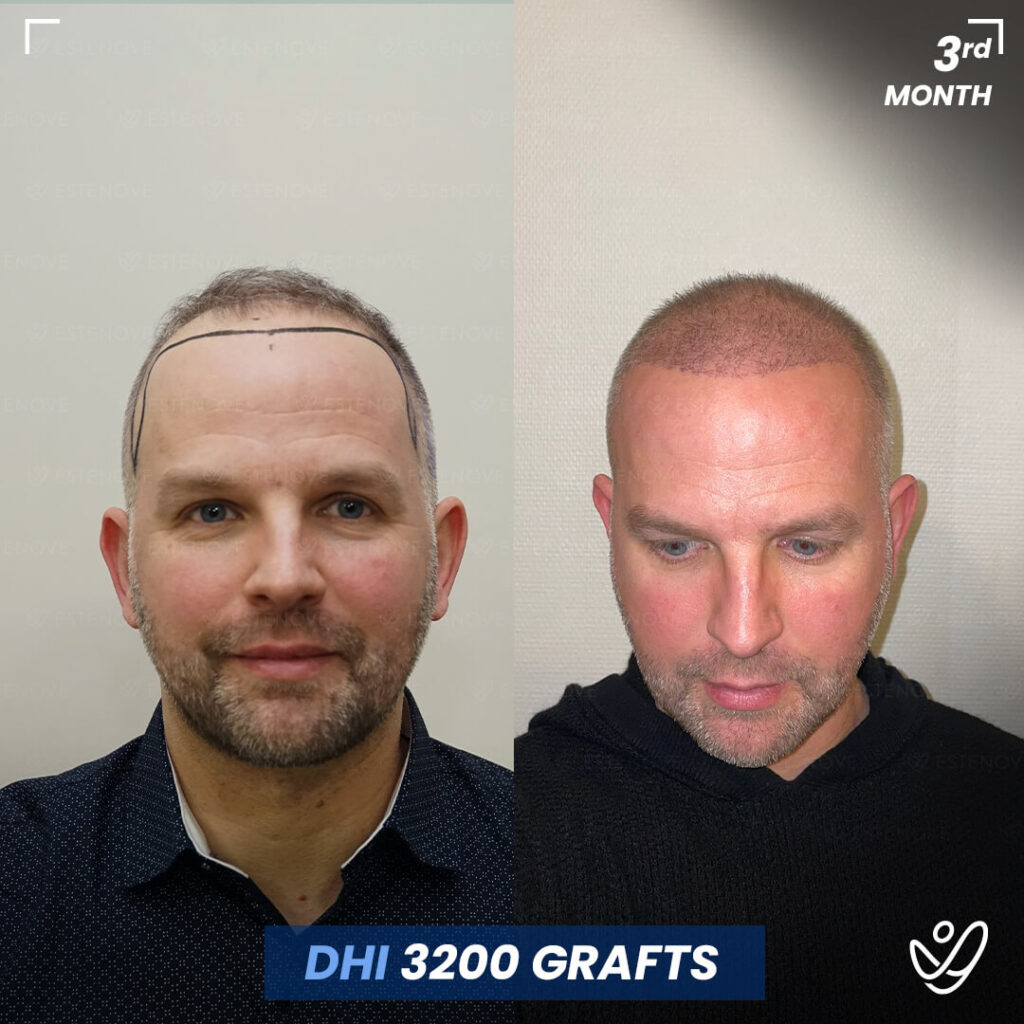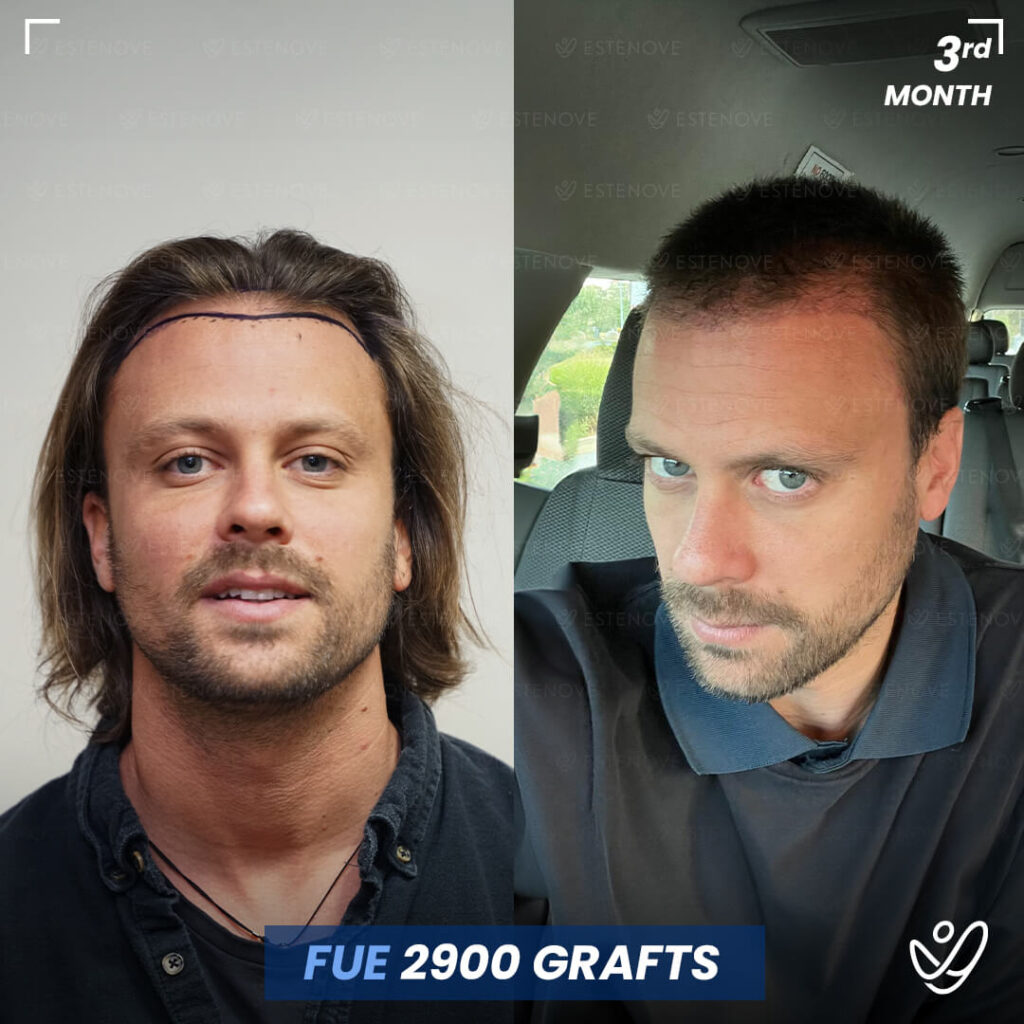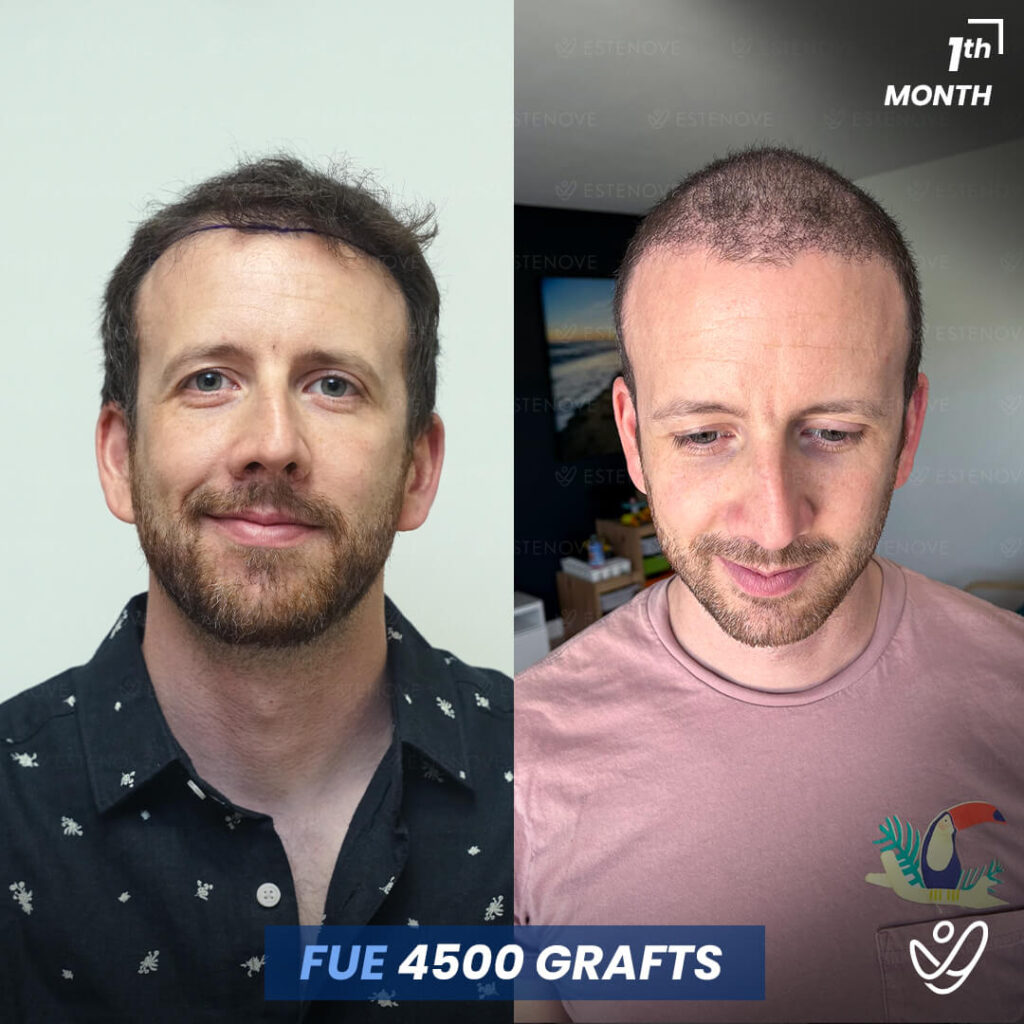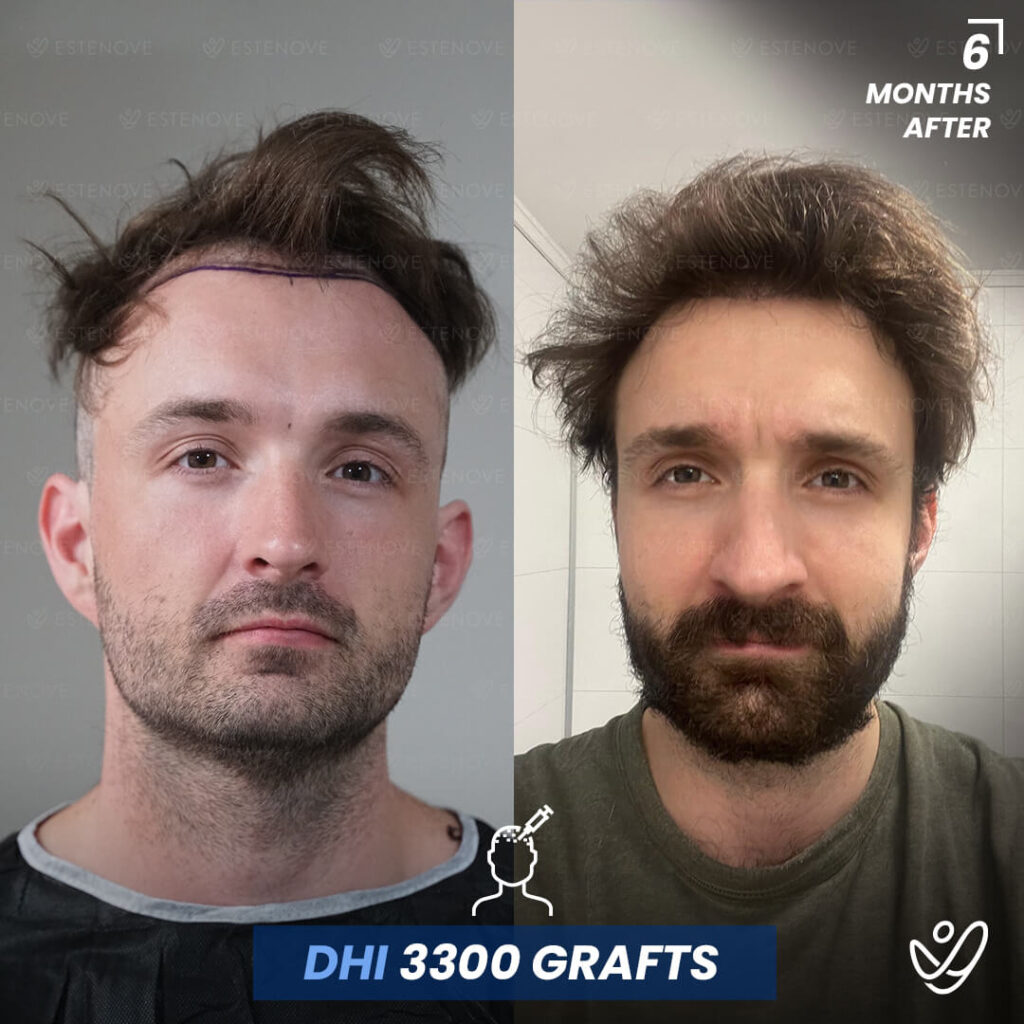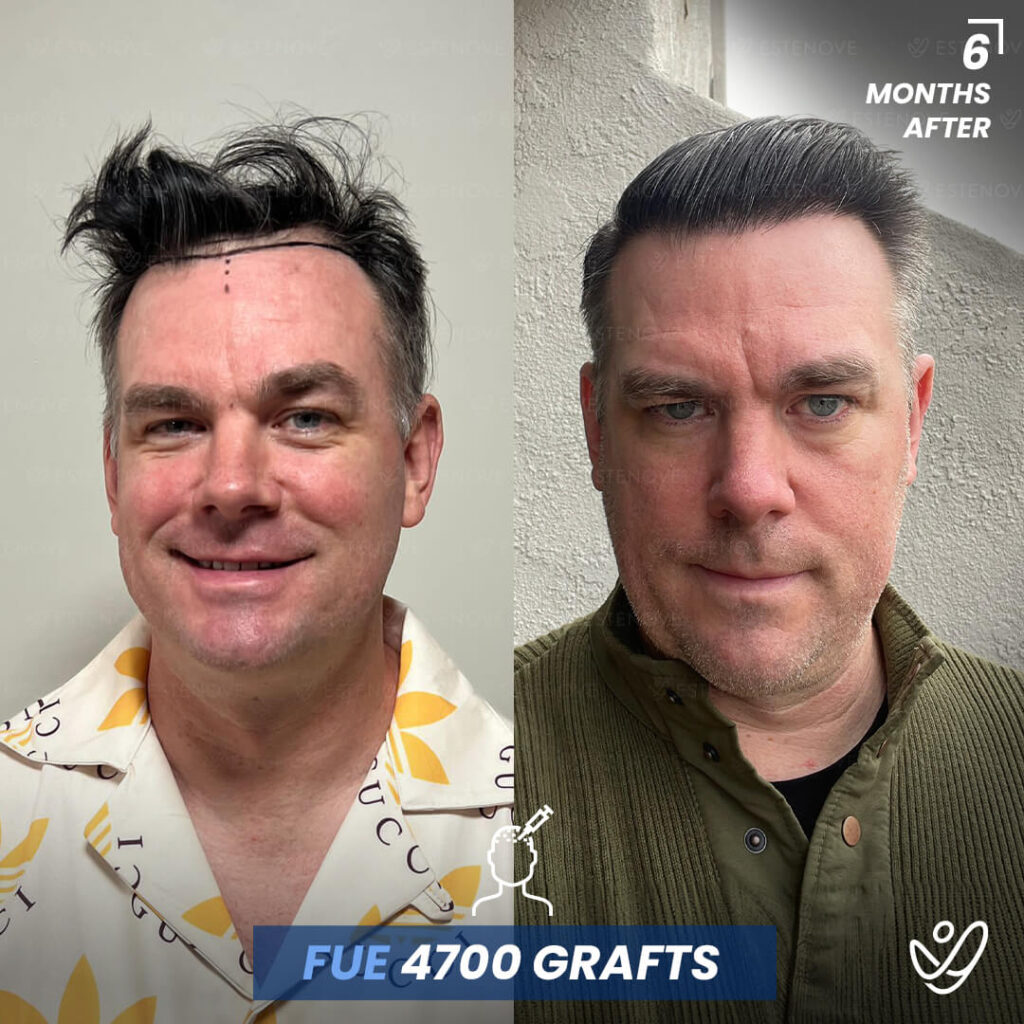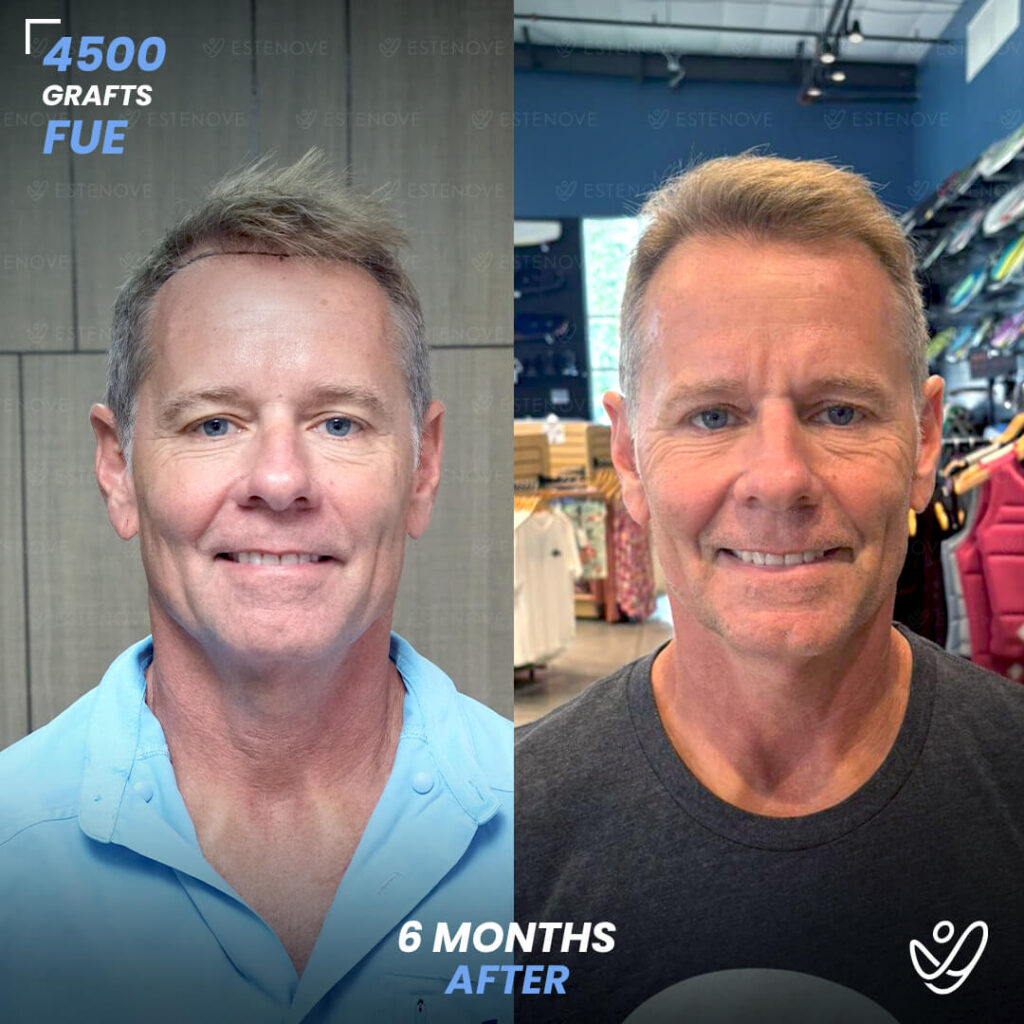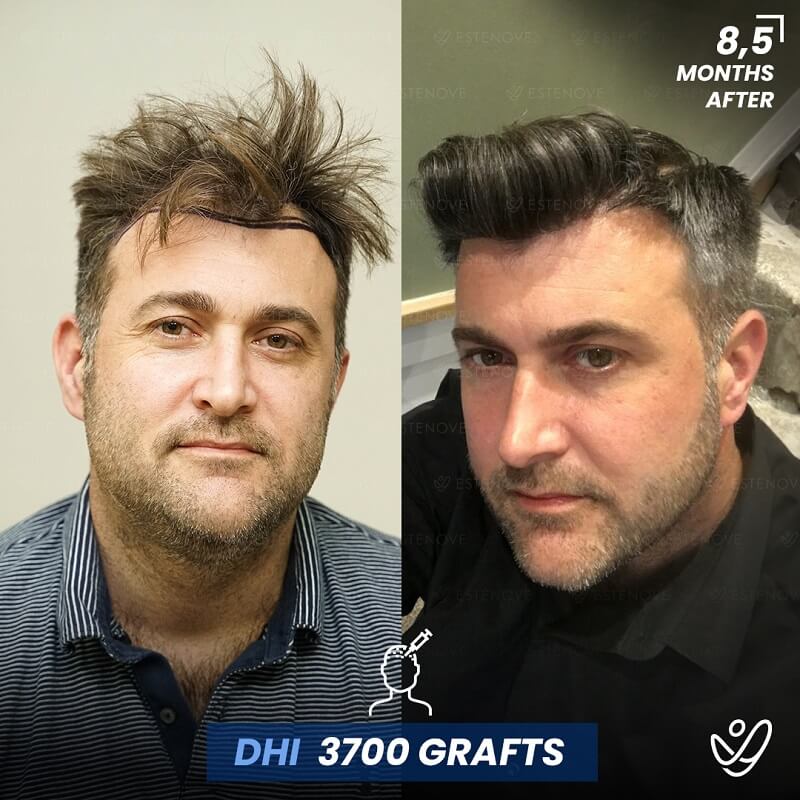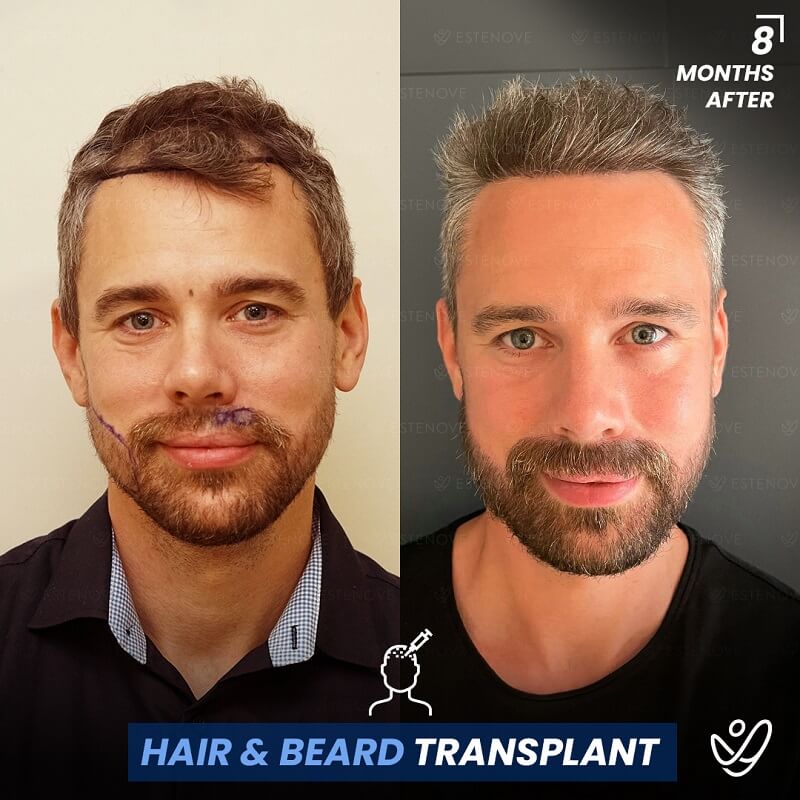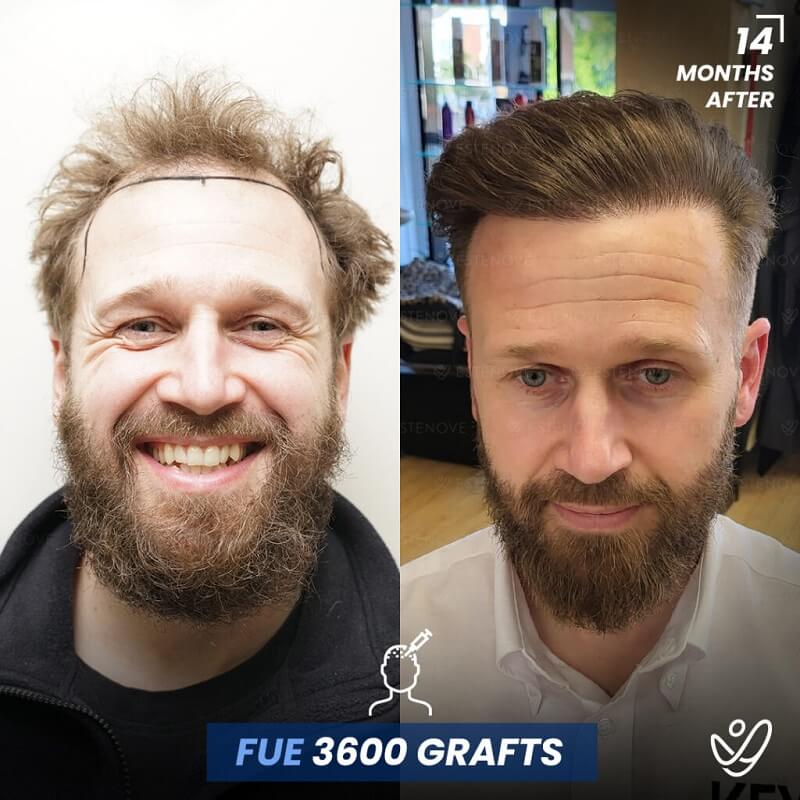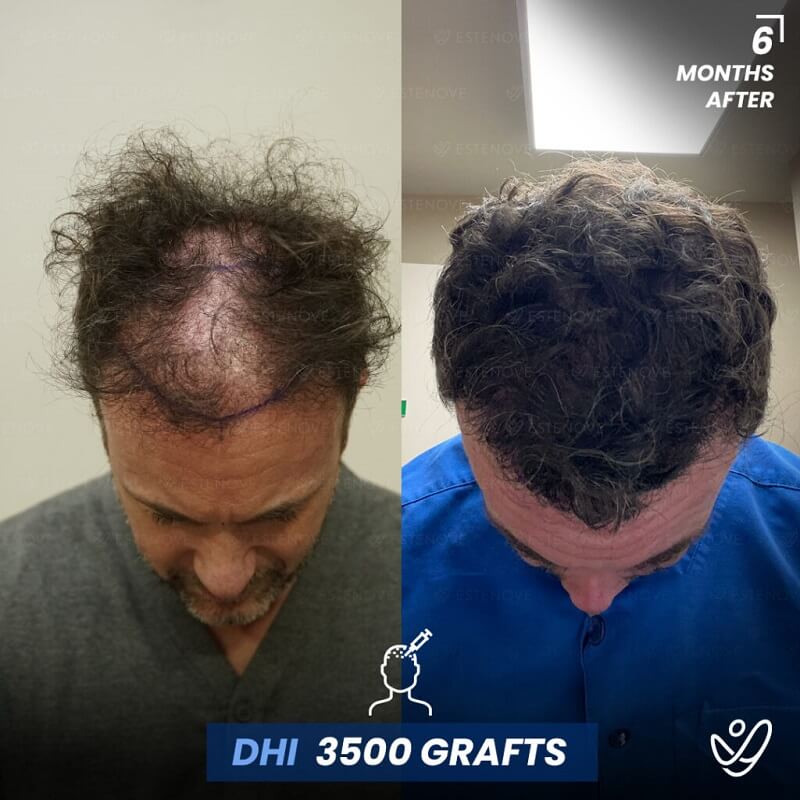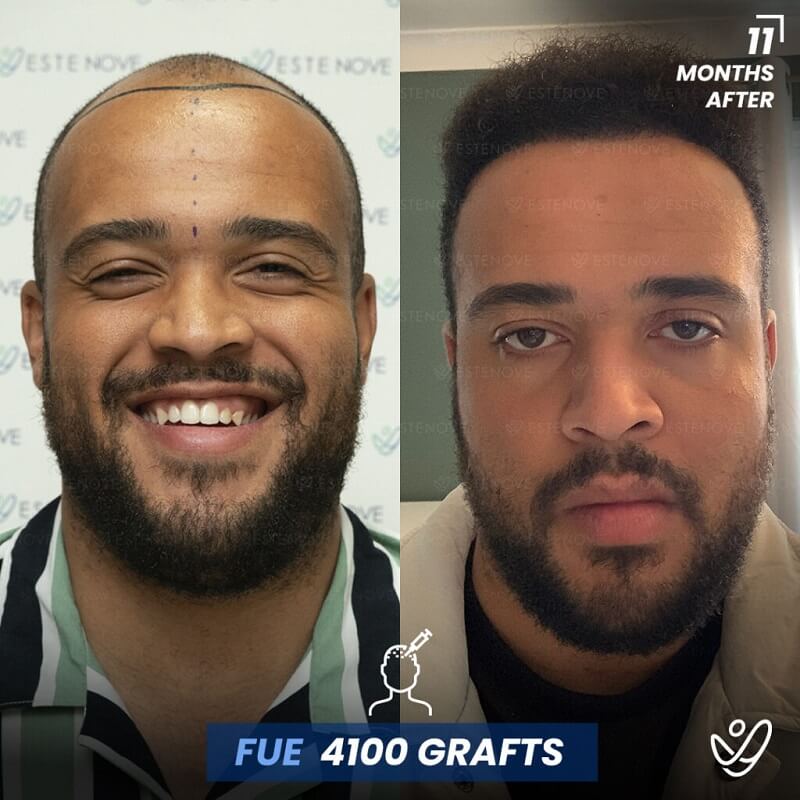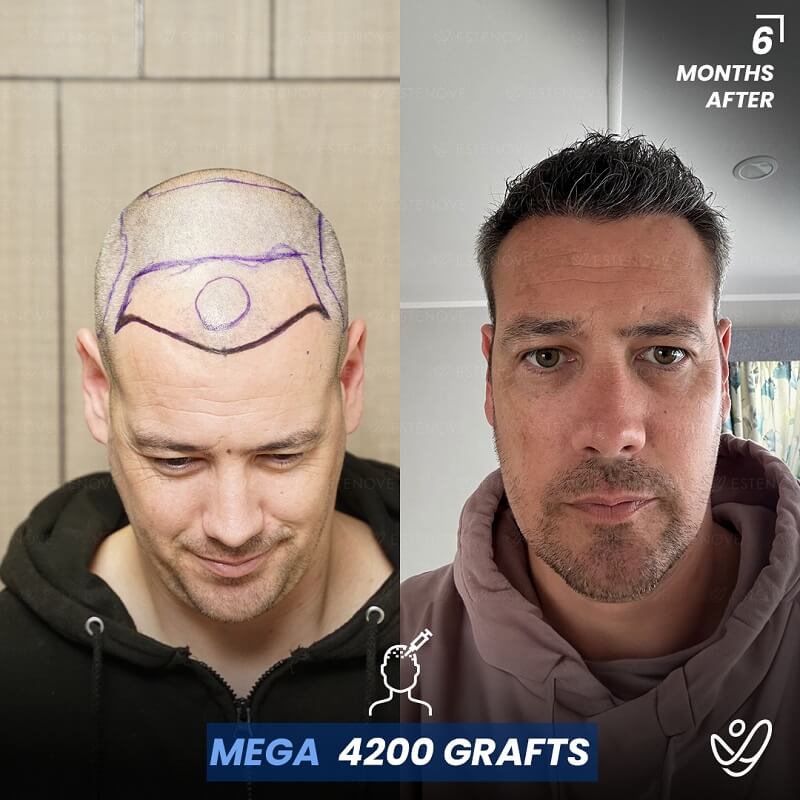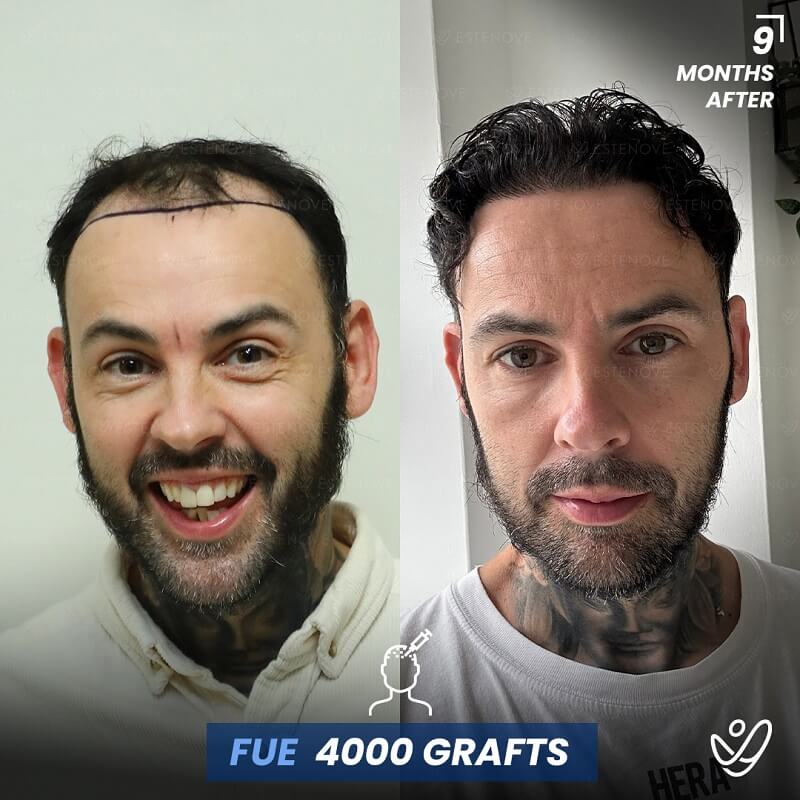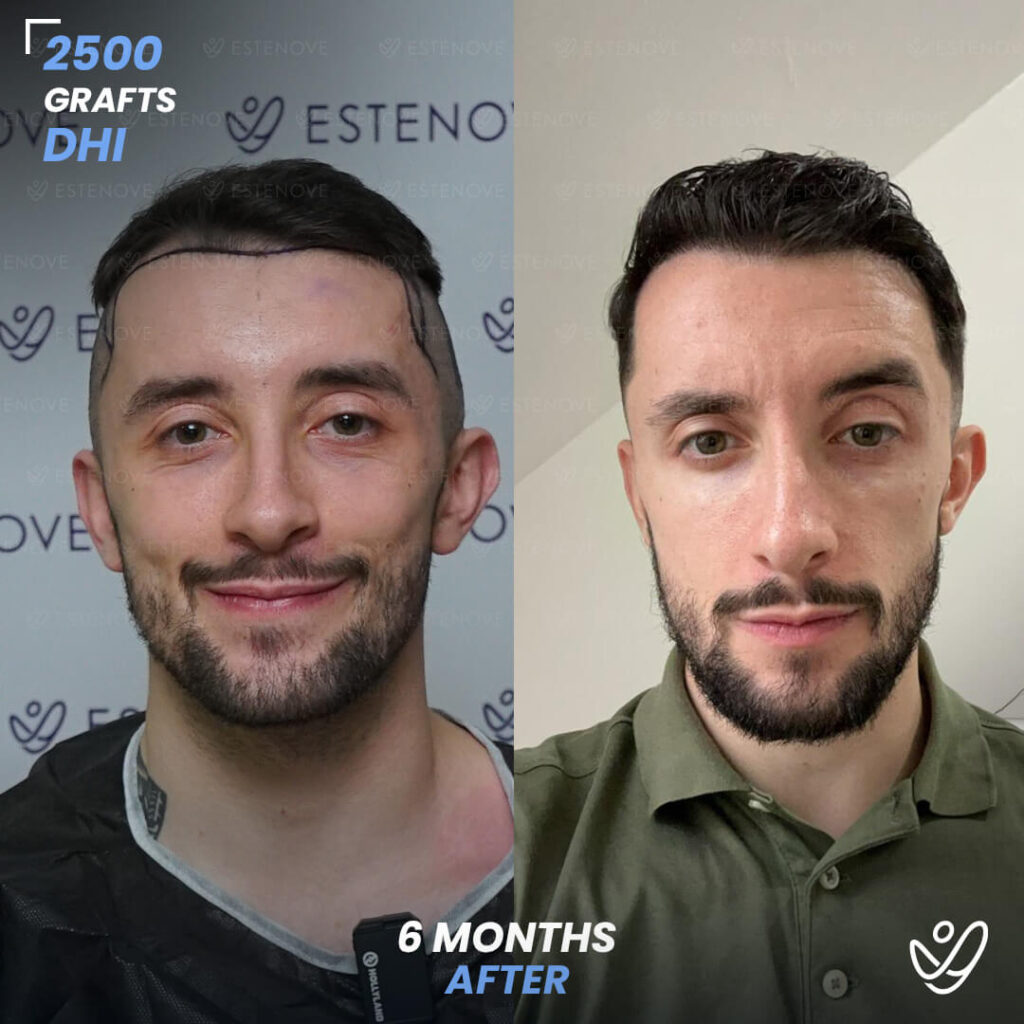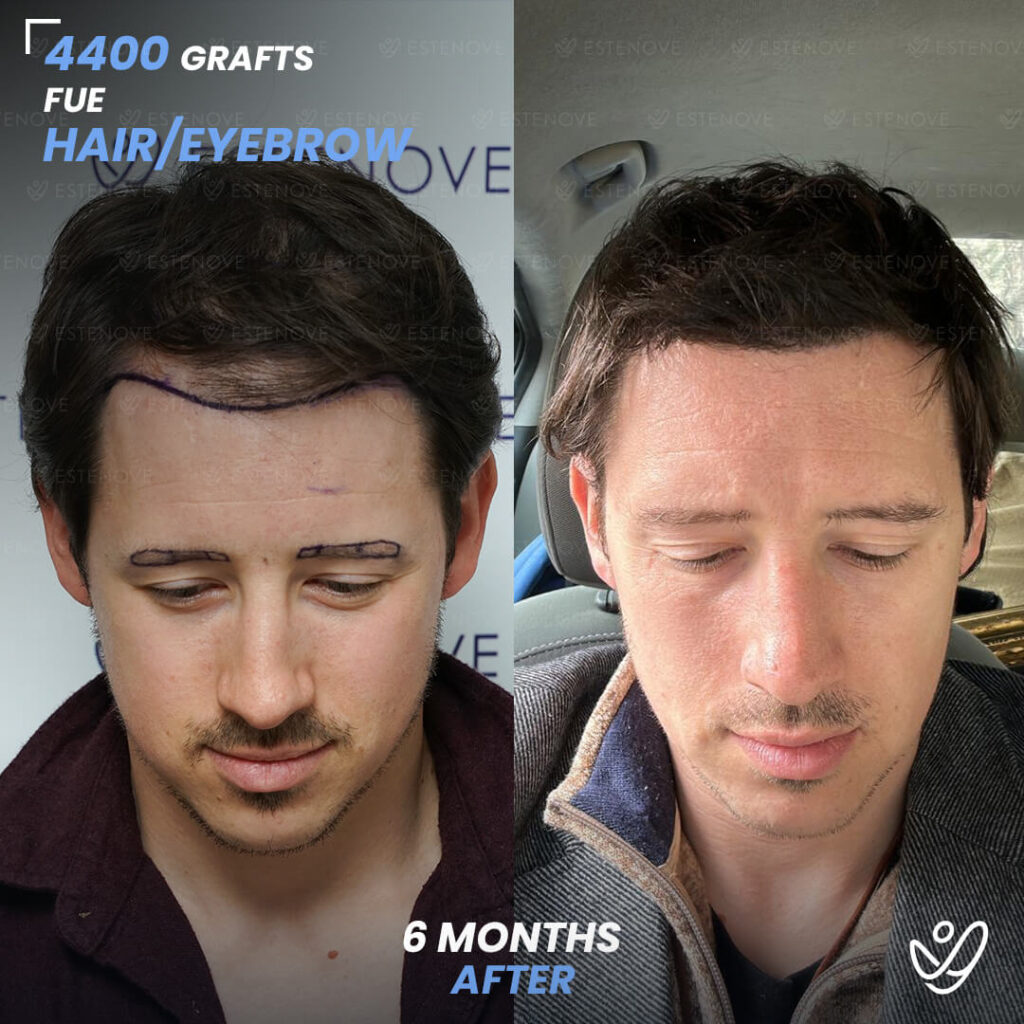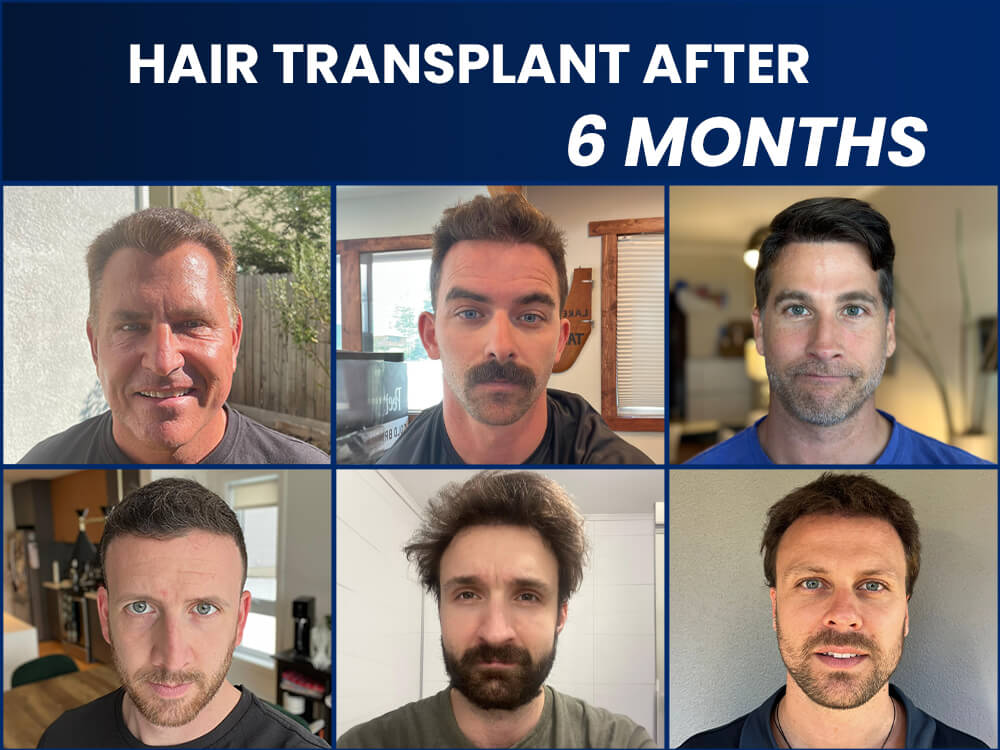
Hair transplant after 6 months marks a significant milestone in the journey towards regaining a full head of hair. Understanding the hair transplant process is crucial to appreciating the progress made in this timeframe. Additionally, knowing what to expect during the first month post-transplant and the progression from month 3 to month 6 can help individuals prepare for both short-term challenges and long-term results.
The First Month Post-Transplant
Immediately after the hair transplant, proper aftercare is crucial to ensure the best outcome. Understanding what to expect and how to take care of your transplanted hair can help manage any post-operative concerns more effectively.
It’s important to note that each individual’s healing process may vary slightly, but there are general guidelines that apply to most cases. Ensuring a clean and sterile environment around the transplant site is essential to prevent any infections. Additionally, avoiding direct sunlight and strenuous activities can aid in the healing process and prevent any complications. Check out 1 month after hair transplant guide for more detailed information.
Ready to restore your hair?
Get in touch anytime — our experts are here 24/7 for a free online consultation
Immediate Aftercare and Expectations
Directly after the transplant, it is normal to experience some swelling, redness, and minor discomfort. However, these issues typically subside within a few days. Following your doctor’s instructions for washing, avoiding certain activities, and taking prescribed medications is essential during this critical phase of the healing process.
Proper hydration and nutrition play a significant role in the healing and growth of transplanted hair. Ensuring you are well-hydrated and consuming a balanced diet rich in vitamins and minerals can promote hair growth and overall well-being during this crucial time.
Changes and Developments in the First 4 Weeks
During the initial four weeks post-transplant, many changes occur. The transplanted hairs will shed within the first two to three weeks, which can be alarming to some individuals. It’s important to understand that this shedding is normal as the transplanted follicles prepare to enter a dormant phase before eventually regrowing new hair. Patience and trust in the process will yield promising results.
As the weeks progress, you may start to notice small signs of new hair growth in the transplanted areas. These early sprouts are a positive indication that the transplant is taking root and progressing as expected. It’s essential to continue following your aftercare instructions diligently to support the ongoing growth and development of your transplanted hair.
- Male, DHI, 3 Months After Hair Transplant, 3200 Grafts
- Male, FUE, 3 Months After Hair Transplant, 2900 Grafts
Progression from Month 3 to Month 6
As the first month post-transplant comes to an end, hair growth and transplant stabilization become more apparent. Understanding the hair transplant progression from month 3 to month 6 can provide valuable insights into the journey towards more substantial and lasting results.
- Male FUE 4500 Grafts 1 Months Before&After
- Male FUE 4500 Grafts 3 Months Before&After
- Male FUE 4500 Grafts 6 Months Before&After
- Male FUE 4500 Grafts 9 Months Before&After
Embarking on the journey from month 3 to month 6 post-transplant reveals a remarkable development in hair restoration. This period marks a crucial phase where the initial signs of new growth start to materialize, offering a glimpse into the transformative process taking place beneath the surface.
Hair Growth and Transplant Stabilization
Starting from month 2, new hair growth becomes noticeable. The transplanted hairs enter the anagen (growth) phase, and you may observe small sprouts emerging from the scalp. These initial hairs are typically thinner and lighter in color than the final outcome, but they signal the beginning of a promising transformation.
Transitioning into months 3 to 4, the newly transplanted hair continues to thicken and strengthen, gradually blending in with the existing hair. This period is marked by a noticeable increase in density as the transplanted follicles acclimate to their new environment, contributing to a more cohesive and natural-looking appearance.
Potential Challenges and Solutions
During the months post-transplant, some individuals may face challenges such as temporary shock loss or uneven hair growth. While these situations may cause concern, it’s crucial to remember that they are the part of the normal healing and growth process and temporary. Consulting with your doctor and following their recommendations can help address and alleviate any concerns or challenges you may encounter. In Estenove, we offer 1 year After Care Assistance: On WhatsApp group chat with specialists.
Moreover, maintaining a healthy lifestyle and adhering to post-operative care instructions play a vital role in optimizing the results of your hair transplant journey. Adequate nutrition, proper scalp care, and patience are key components in nurturing the transplanted hair and ensuring its long-term success.

Calculate the number of grafts needed for your hair transplant and get an estimated cost for various destinations
Long-Term Results and Maintenance
Reaching the 6-month mark after a hair transplant is an exciting time as you begin to enjoy more permanent results. However, it’s essential to understand what to expect and how to maintain your newly transplanted hair for the future.
As time progresses beyond the 6-month milestone, the full impact of the hair transplant becomes even more apparent. At around 12 to 18 months post-procedure, patients often experience the final results of their hair restoration journey. The transplanted hair fully integrates with the existing hair, creating a natural and seamless look. This period also allows for any additional touch-ups or adjustments that may be desired to further enhance the overall outcome.
What to Expect After 6 Months
After 6 months, significant improvements in hair density and thickness are typically visible. The transplanted hairs continue to mature and blend seamlessly with your existing hair. While individual results may vary, most individuals report a noticeable boost in confidence and self-esteem as their hair continues to grow and evolve.
Moreover, beyond the physical changes, many patients also notice a positive shift in their overall well-being. The restoration of a fuller head of hair often leads to increased satisfaction with one’s appearance, which can have a profound impact on various aspects of life, including social interactions and self-image. Gain your confidence with Estenove!
- Male FUE 3900 Grafts 6 Months Before&After
- Male DHI 3300 grafts 6 Months Before&After
- Male FUE 4700 grafts 6 Months Before&After
- Male FUE 4500 Grafts 6 Months Before&After
Maintaining Your Transplanted Hair
Proper hair care and maintenance are crucial to ensuring long-lasting results. Your doctor will provide guidance on post-transplant care, which may include using gentle hair care products, avoiding excessive heat or chemical treatments, and incorporating a healthy lifestyle to support overall hair health. Regular follow-up appointments with your doctor will ensure that any potential issues or concerns are addressed promptly.
Additionally, adopting a holistic approach to hair maintenance can further optimize the longevity of your results. This may involve incorporating scalp massages to promote blood circulation, following a balanced diet rich in essential nutrients for hair growth, and protecting your scalp from excessive sun exposure. By nurturing your transplanted hair from both inside and outside, you can help preserve the integrity and vitality of your newly acquired locks for years to come.
Frequently Asked Questions About Hair Transplants
When considering a hair transplant, it’s common to have questions and concerns. Here are some frequently asked questions about hair transplants, along with expert advice on hair transplant care.
Addressing Common Concerns
Many individuals worry about the potential side effects, pain, and scarring associated with hair transplants. However, modern techniques have significantly reduced these concerns. Minimal scarring, little to no pain during the procedure, and the use of advanced anesthesia techniques have made hair transplants a safe and comfortable option for hair restoration.
Expert Advice on Hair Transplant Care
Following your doctor’s post-operative instructions is crucial for successful hair transplant care. They will provide detailed guidance on washing your hair, avoiding trauma to the scalp, managing any discomfort, and gradually resuming regular activities. Proper care and adherence to the doctor’s instructions will promote optimal healing and ensure the best possible outcome.
Hair transplant after 6 months brings significant improvements in hair density and thickness. From understanding the hair transplant process to managing the initial months post-transplant and embracing the long-term results, the journey towards regaining confidence and a full head of hair requires patience, proper care, and expert guidance. Maintaining your transplanted hair and addressing any concerns along the way will ensure lasting satisfaction and a newfound sense of self-assurance. With modern advancements in hair restoration techniques, a natural and fuller head of hair is within reach for individuals embarking on the transformative path of a hair transplant.

